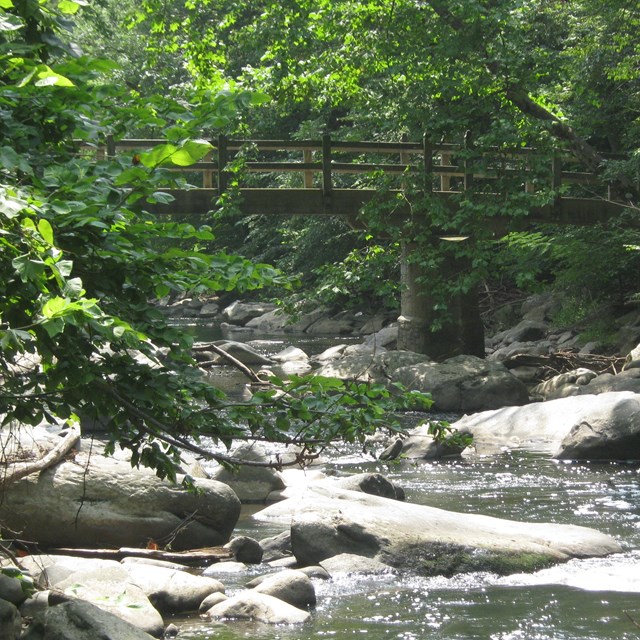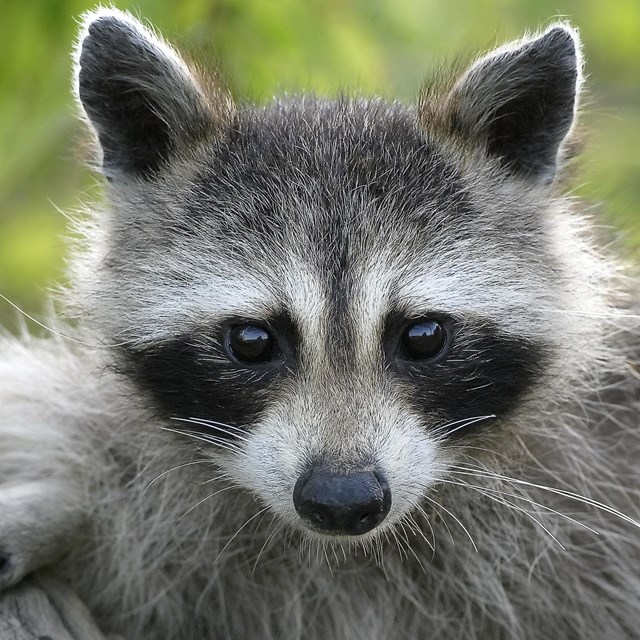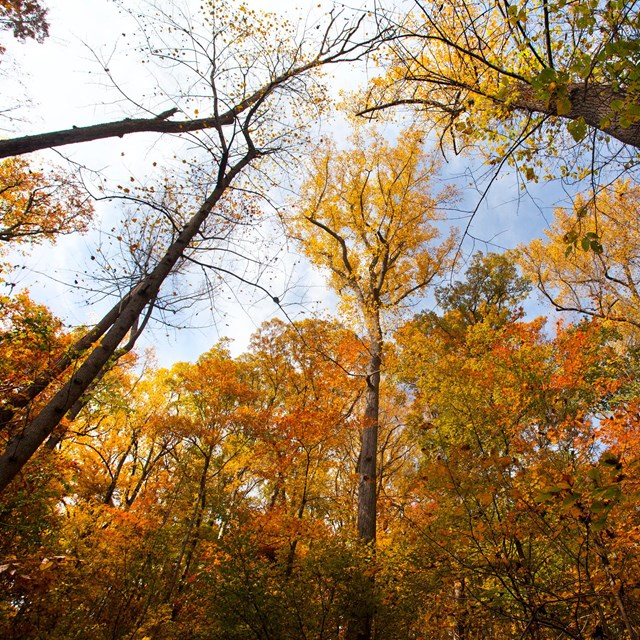What are non-native plants?Invasive exotic plants are species that aggressively compete with and crowd out native plants. The loss of native plants has a huge impact on the health of the ecosystem. Animals lose food and habitat. Biodiversity declines. Groundwater levels are reduced. Soil becomes less fertile. And you may not be able to enjoy the park the same way if invasive non-native species spread unchecked.Examples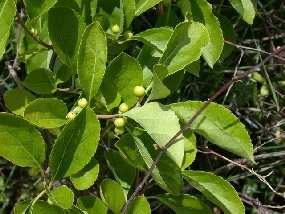
NPS Asiatic bittersweetA woody vine with bright orange berries, Asiatic bittersweet (Celastrus orbiculatus) is originally from east Asia. It weakens and kills trees and shrubs by strangulation - twining and climbing around them and preventing their absorption of light, air, and sap. Trees heavily matted with bittersweet vines are very susceptible to wind and ice damage. Many afflicted trees stand in Rock Creek Park.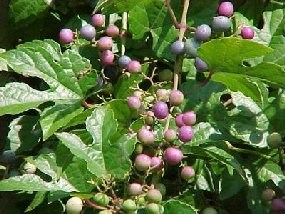
NPS PorcelainberryA northeast Asian vine, porcelainberry (Ampelopsis brevipedunculata) kills native plants in the same ways bittersweet does. It thrives on the fringes of disturbed natural areas like the long boundary of Rock Creek Park in Washington, DC, outcompeting native species for water and nutrients. Its berries, which resemble porcelain beads and thus make it popular with landscapers, change color from white to a series of pastel shades of yellow, lilac, and green before finally turning blue and purple.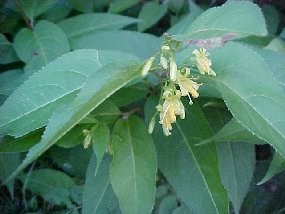
NPS Bush honeysuckleVarious species of bush honeysuckle (Lonicera spp.) came to America from Europe and Asia beginning in the mid-1800's. Most varieties have white flowers, although some boast pink or crimson blooms and even fragrance. Bush honeysuckles can quickly invade and overtake an area, creating dense stands that threaten native plants by decreasing available light and depleting soil moisture and nutrients.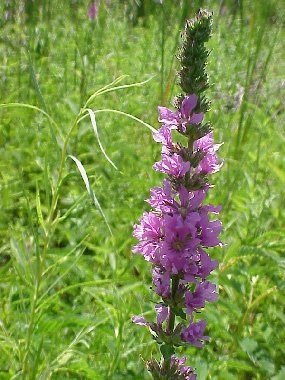
NPS Purple loosestrifeOriginally from Asia, the tall, showy flower spikes of purple loosestrife (Lythrum salicara) can be found in at least 40 of the United States. Gardeners who enjoy planting it often don't realize how quickly and thoroughly it can damage wetland ecosystems--naturalists consider a single plant an infestation. Nicknamed the "Purple Plague," purple loosestrife is a particular problem at Kenilworth Aquatic Gardens in Washington, DC, the only national park devoted to water plants.Other non-native species
What can I do to help?
|
Last updated: May 10, 2019

